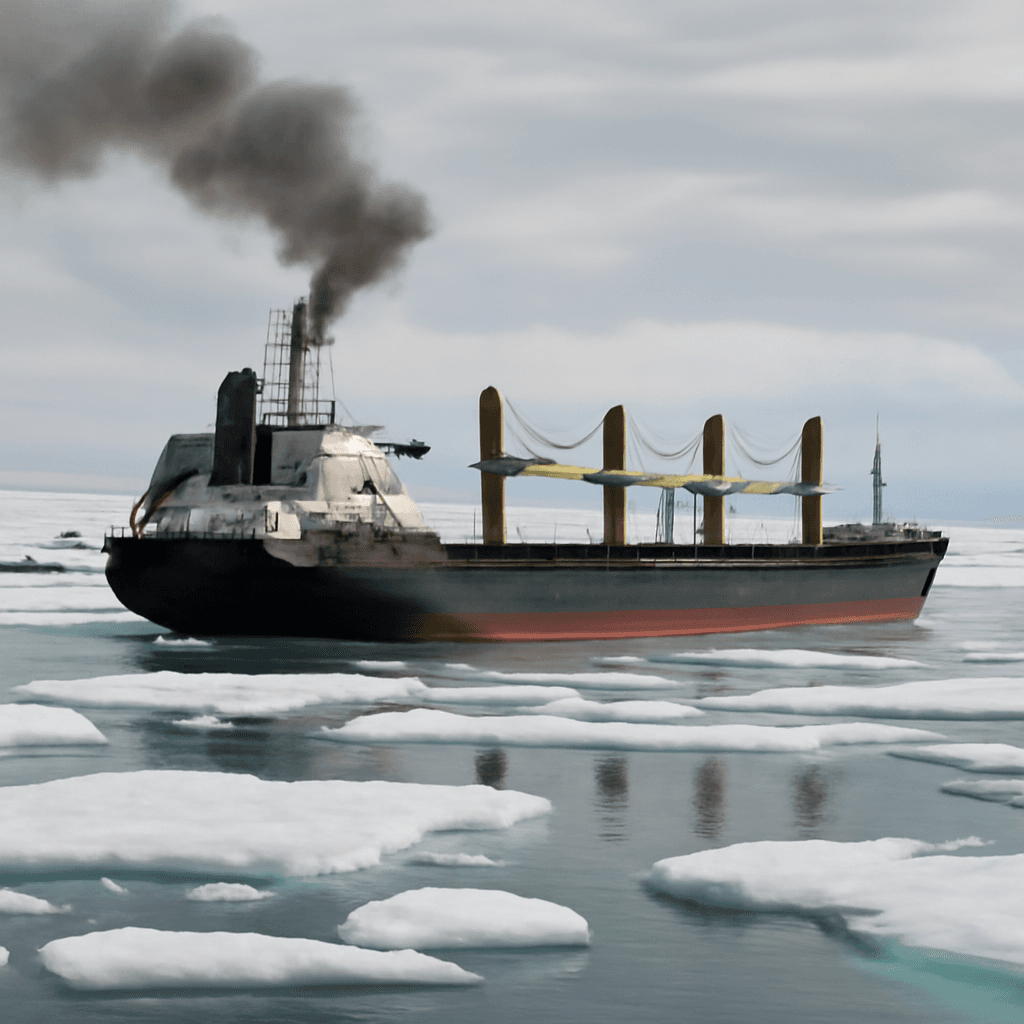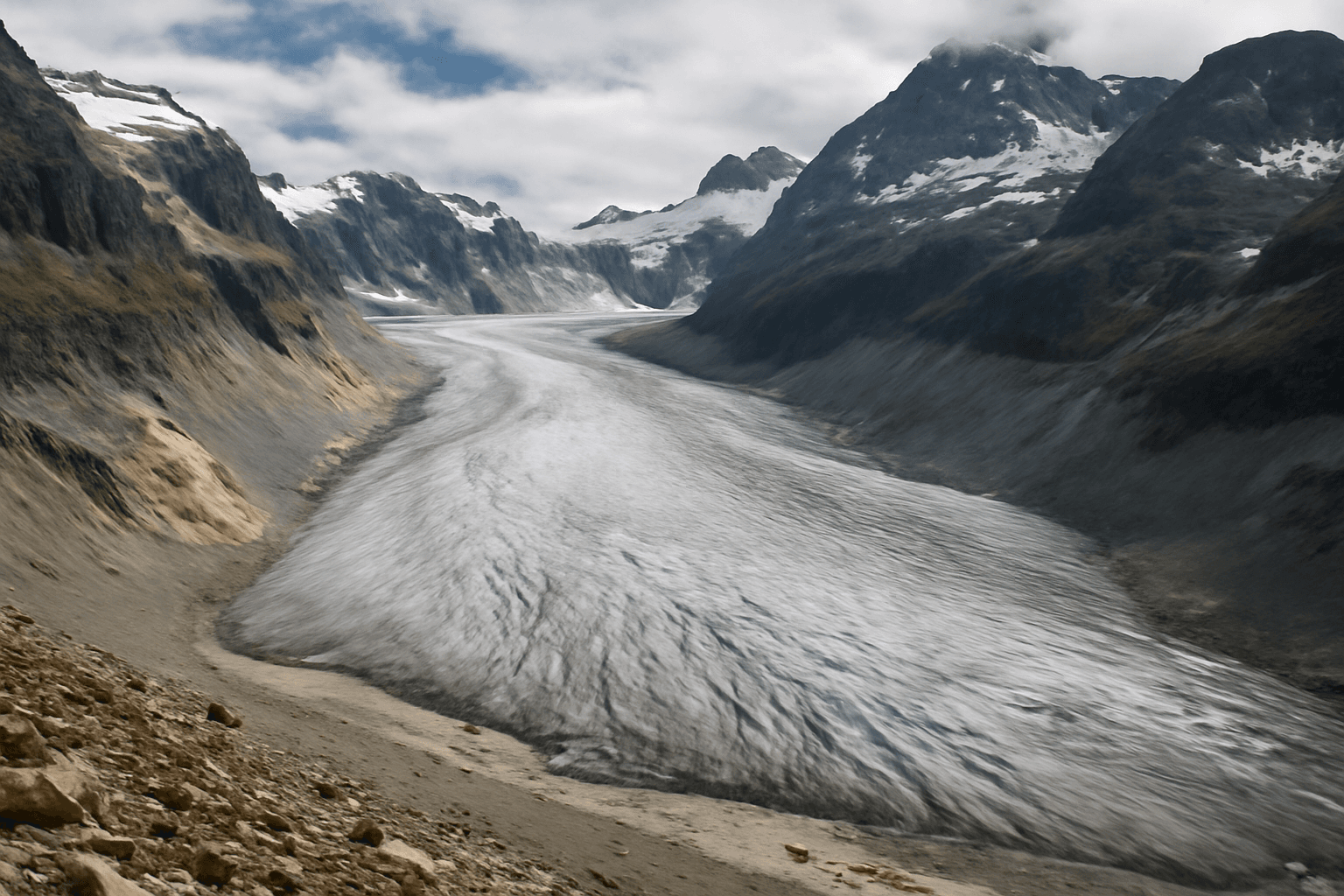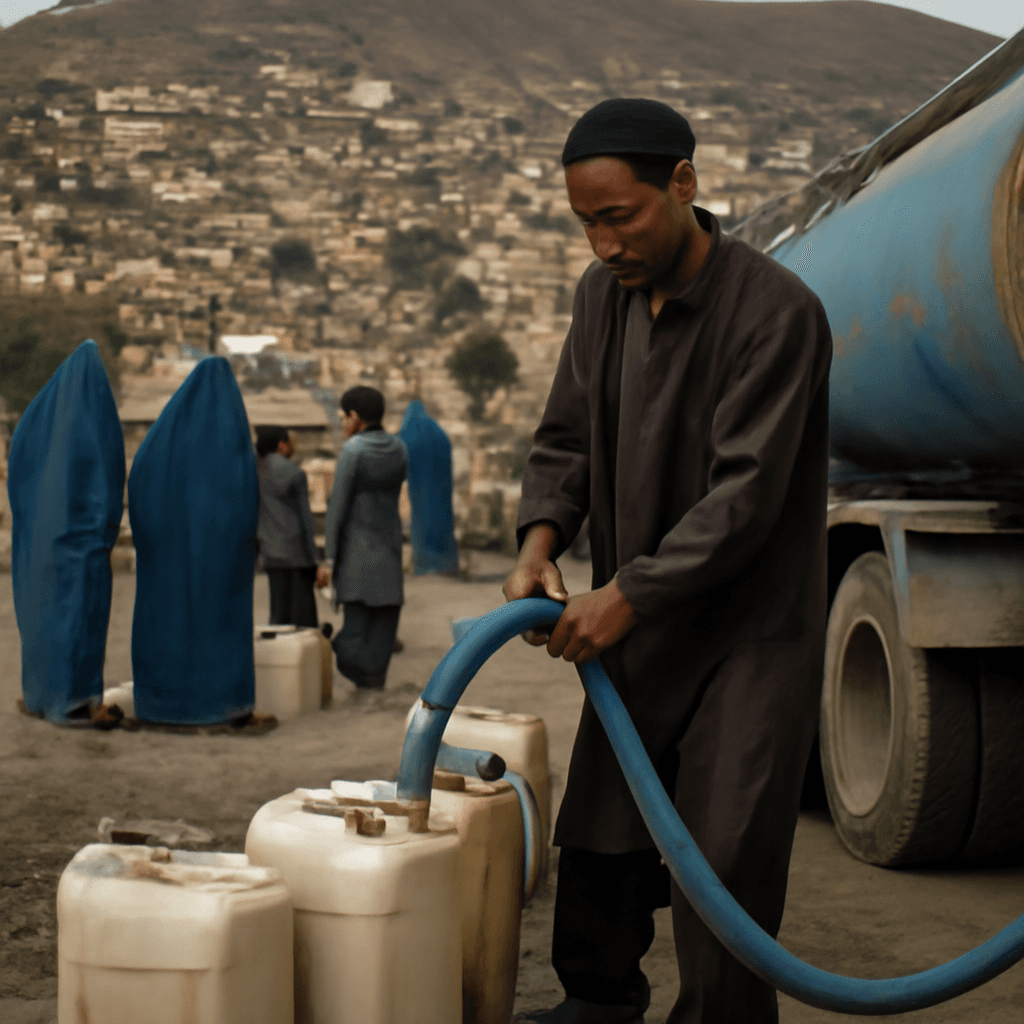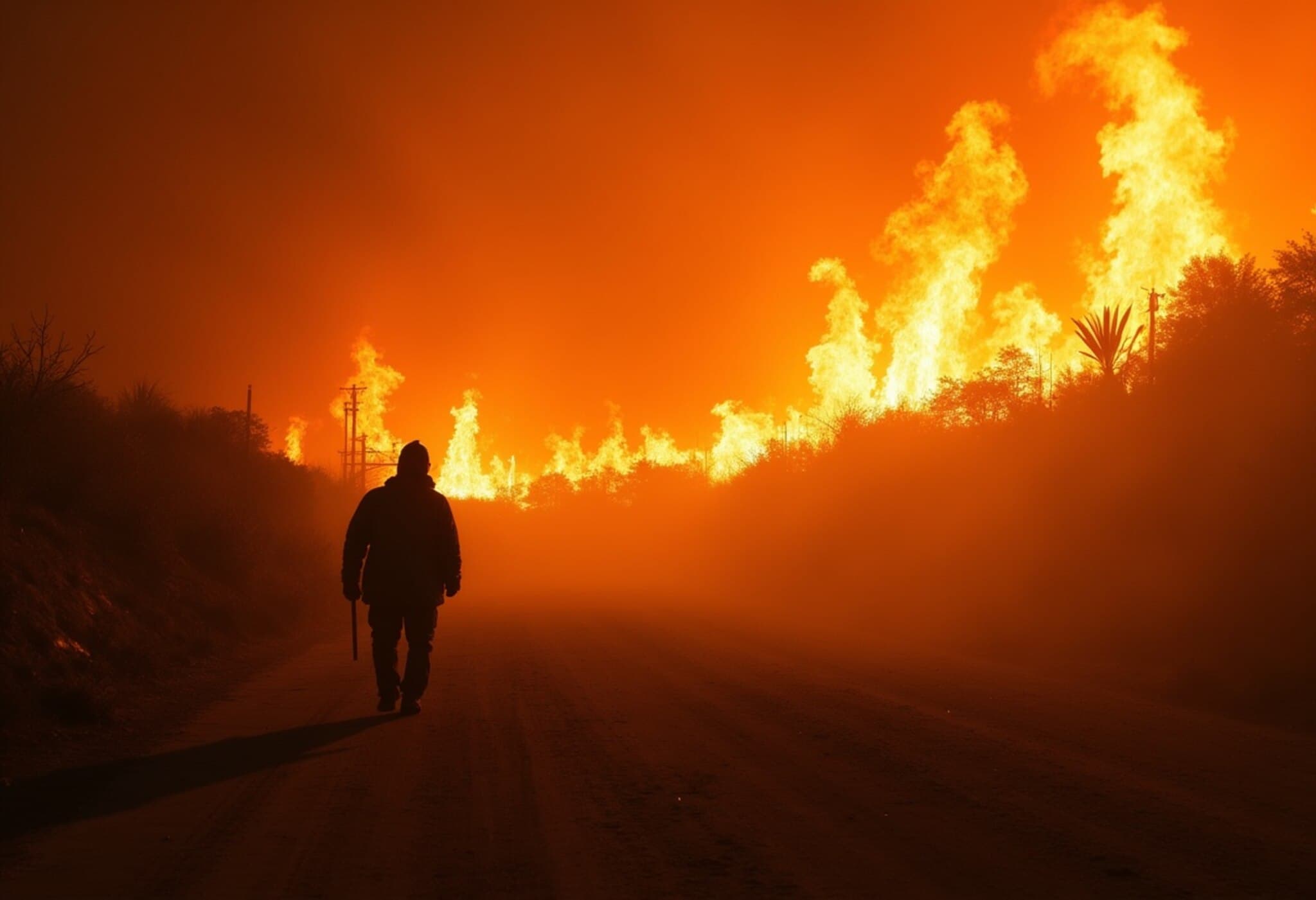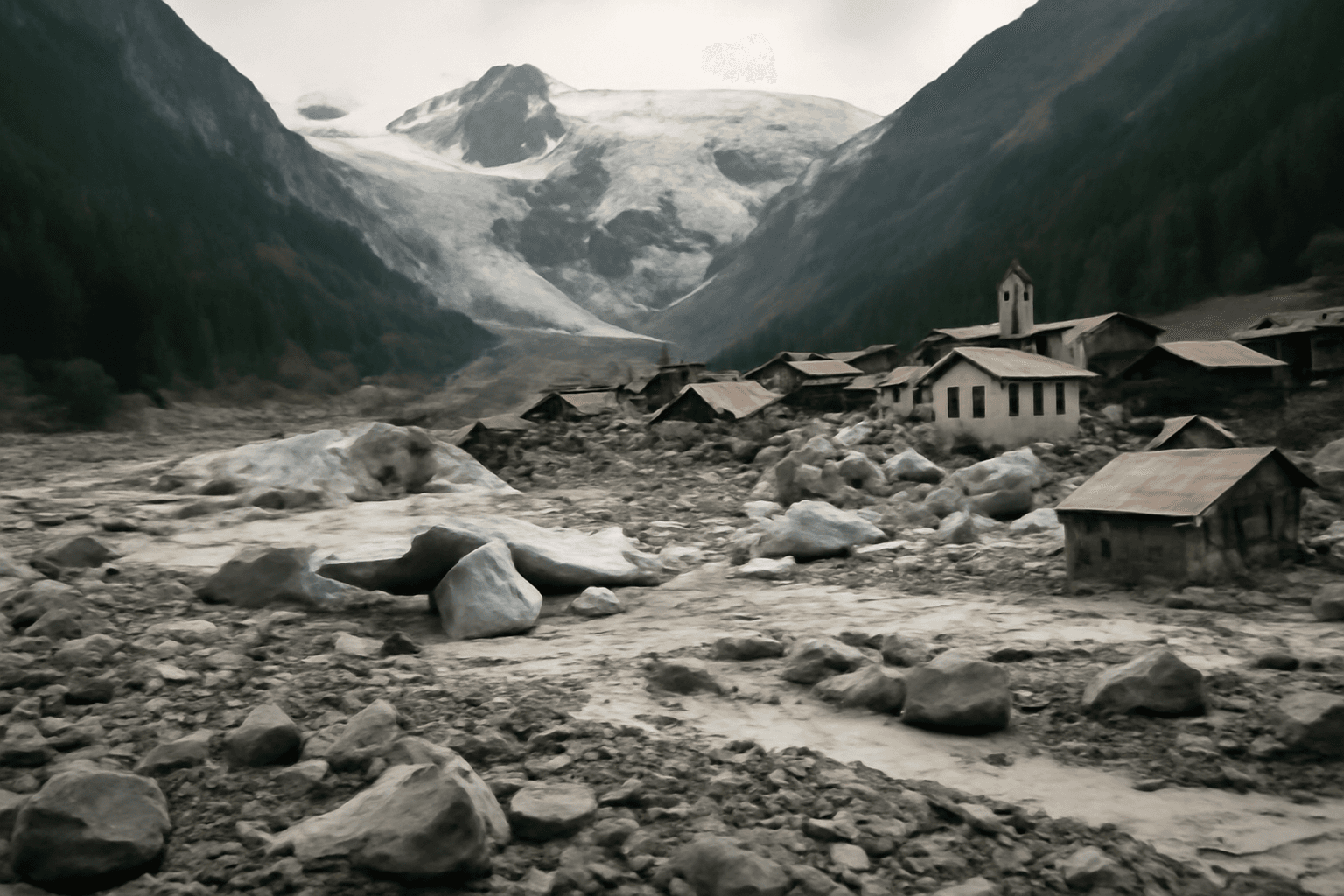Arctic Shipping Routes Open as Ice Melts
Over the past decade, the melting Arctic ice has unlocked shorter and previously inaccessible shipping lanes, such as the 9,000-kilometre Northern Sea Route. This transformation has significantly increased maritime traffic through the polar region, driven by the allure of faster, more efficient trade routes.
Notably, in a landmark event four years ago, a Russian gas tanker successfully traversed the frozen Arctic Ocean during winter — a crossing made possible only due to the region's rapidly warming temperatures.
Rapid Arctic Warming and Its Consequences
The Arctic is heating up at a staggering pace, warming four times faster than the global average since 1979. As sea ice retreats, safe navigation windows expand — the 90-day summer window for shipping has grown by 35% since 1979. Estimates suggest that up to 5% of global shipping could shift through Arctic routes in coming years.
However, despite this growth, many vessels still rely on icebreaker escorts for critical passages like the Northwest Passage and Transpolar Sea Route. Climate models suggest that by 2030, ships might navigate these waters unescorted during summer months.
The Environmental Costs: Black Carbon and Warming Feedback
Increased shipping is a double-edged sword. More vessels mean more fossil fuel consumption and emissions, particularly black carbon — a potent climate pollutant produced by diesel and heavy fuel oil engines. Black carbon darkens the bright Arctic ice surfaces, causing them to absorb more sunlight and accelerate melting.
Alarmingly, heavy fuel oil usage rose by 75% in the Arctic from 2015 to 2019. Although this fuel has been banned in Antarctica since 2011, the Arctic only began phasing it out in July 2024, with full compliance expected by 2029.
Why Black Carbon Matters
- Absorbs solar radiation, heating air and surface ice
- Darkens ice and snow, reducing reflectivity
- Accelerates ice melt, fueling a dangerous warming feedback loop
Rising Risks From Growing Arctic Traffic
Vessel numbers, especially fishing boats, cargo ships, and bulk carriers, have surged; since 2013, the distance covered by ships in Arctic waters has more than doubled. In the Canadian Arctic alone, ship traffic has quadrupled since 1990.
However, melting ice brings unexpected hazards too. Old ice floes can break off and drift south, creating chokepoints that threaten navigation. Additionally, increased shipping amplifies the risk of oil spills, waste discharge, air pollution, and noise disturbances.
Global Implications of Arctic Ice Loss
The Arctic plays a crucial role in regulating Earth's climate. Its expansive white ice sheets reflect solar energy back into space, helping cool the planet. As this ice diminishes, less sunlight is reflected, and more heat is absorbed, intensifying global warming.
This alteration affects global heat circulation patterns, with ripple effects felt well beyond the polar regions.
Calls for Stronger Environmental Protections
Despite commitments from international bodies aiming to slash shipping emissions by at least 20% within five years, conservationists express concern over the slow pace of progress. A coalition of environmental groups recently highlighted that black carbon emissions from Arctic shipping have more than doubled in recent years.
They urge governments to adopt stringent measures against pollutants like black carbon and methane to safeguard this fragile environment.
Impact on Arctic Wildlife and Ecosystems
The expanding shipping activity threatens the very creatures that depend on the sea ice habitat. More than 96% of polar bears’ critical habitat relies on sea ice for hunting and movement. Noise pollution from ships, which has doubled in some regions in just six years, disrupts marine mammals that depend on sound for communication and migration.
Combined with the risks of spills and pollution, the Arctic’s delicate ecosystems face mounting pressures that could outweigh any potential carbon savings gained through shorter shipping routes.
Looking Ahead
While Arctic shipping offers economic advantages by shortening global trade distances, it's clear that without robust environmental safeguards, the costs to the planet's climate and fragile polar ecosystems could be profound.

